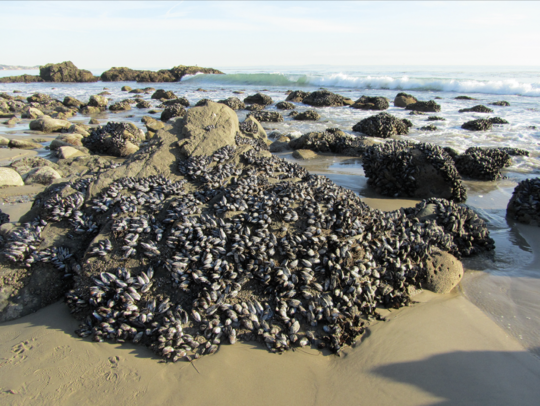Determining updates to EPA water toxicity guidelines
The United States Environmental Protection Agency (EPA), through its Ecotoxicology Database (ECOTOX), sets criteria for determining water quality to protect the broad diversity of aquatic animals. These criteria have not been updated since 1985, and much has changed in the marine environment and the tools and technologies used to determine water quality. University of Southern California (USC) Sea Grant funded a study to assess whether the existing National Guidelines and ECOTOX database are sufficient for protecting the broad diversity of aquatic animals.
Key Results:
- 107 of the 126 chemicals on the EPA’s Priority Pollutant List have not been tested adequately to develop protective water quality criteria for aquatic organisms
- The team analyzed 35 years of toxicity data and found that once a new pollutant of concern is identified, there is a dramatic lag (or no movement at all) to determine toxicity criteria for aquatic organisms
- Completed phylogenetic mapping of 259 aquatic species and their sensitivity to 24 chemicals, allowing them to predict pollution tolerance in untested aquatic species based on closely related species
- These results support the recommendation to use surrogate species to quickly fill data gaps from the last 35 years
Project Impacts & Application:
- Presented this data at several conferences, including at the Society of Environmental Toxicology and Chemistry North America
- In communication with the EPA and state water quality managers on the application of these findings
Principal Investigator:
Suzanne Edmands, Ph.D., USC
Funding:
NOAA, 2018-2020
Additional Info and Publications:
- Coleman, A.L. and Edmands, S. (2022), Data and Diversity in the Development of Acute Water Quality Criteria in the United States. Environ Toxicol Chem, 41: 1333-1343. https://doi.org/10.1002/etc.5302
Access our Publications Database to view publications from this project or other related topics

